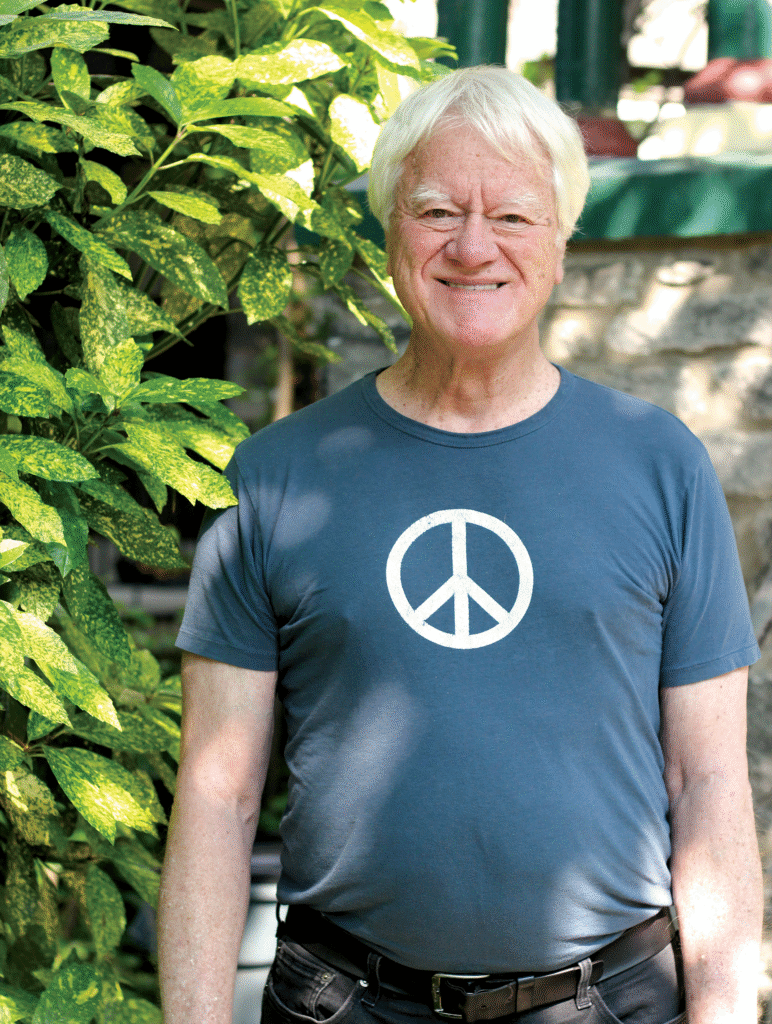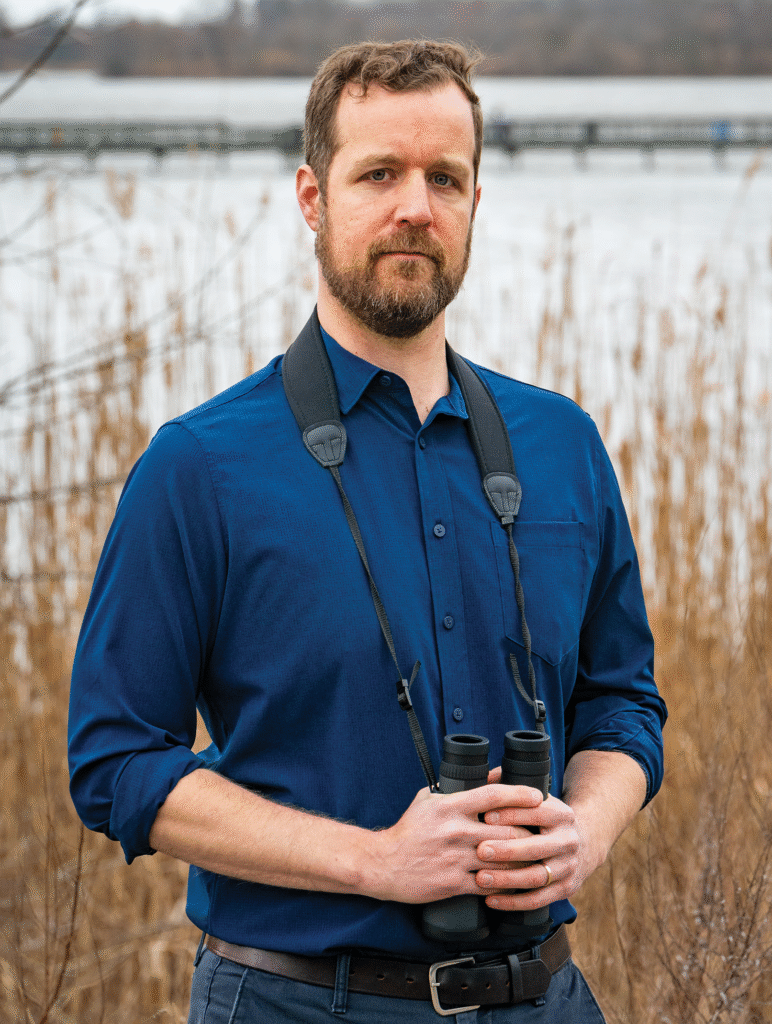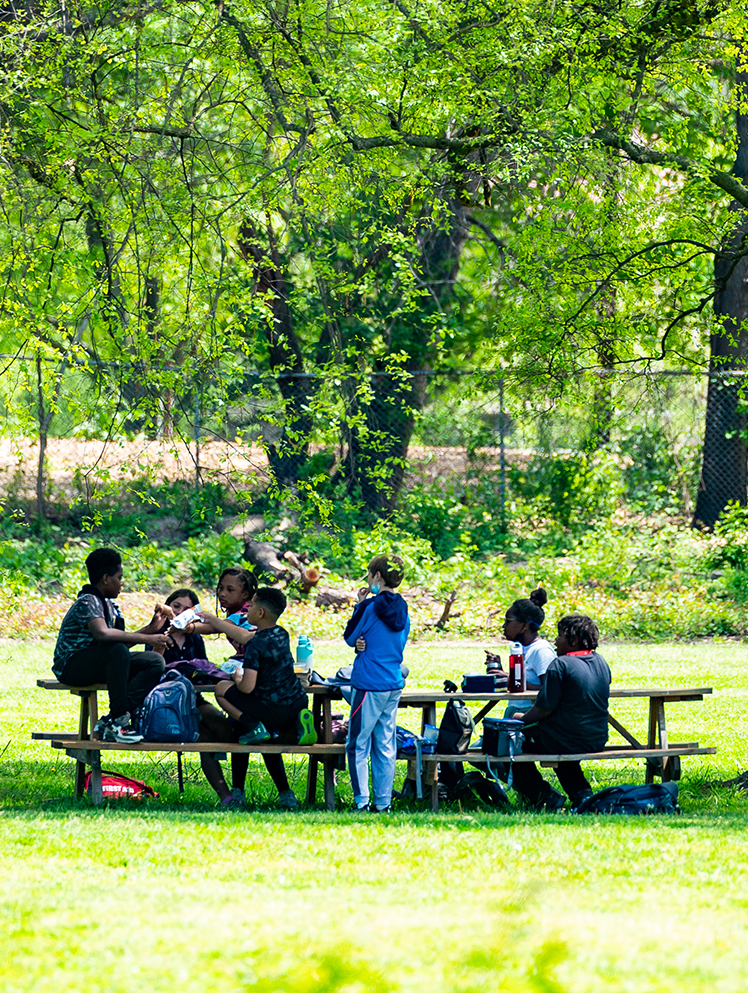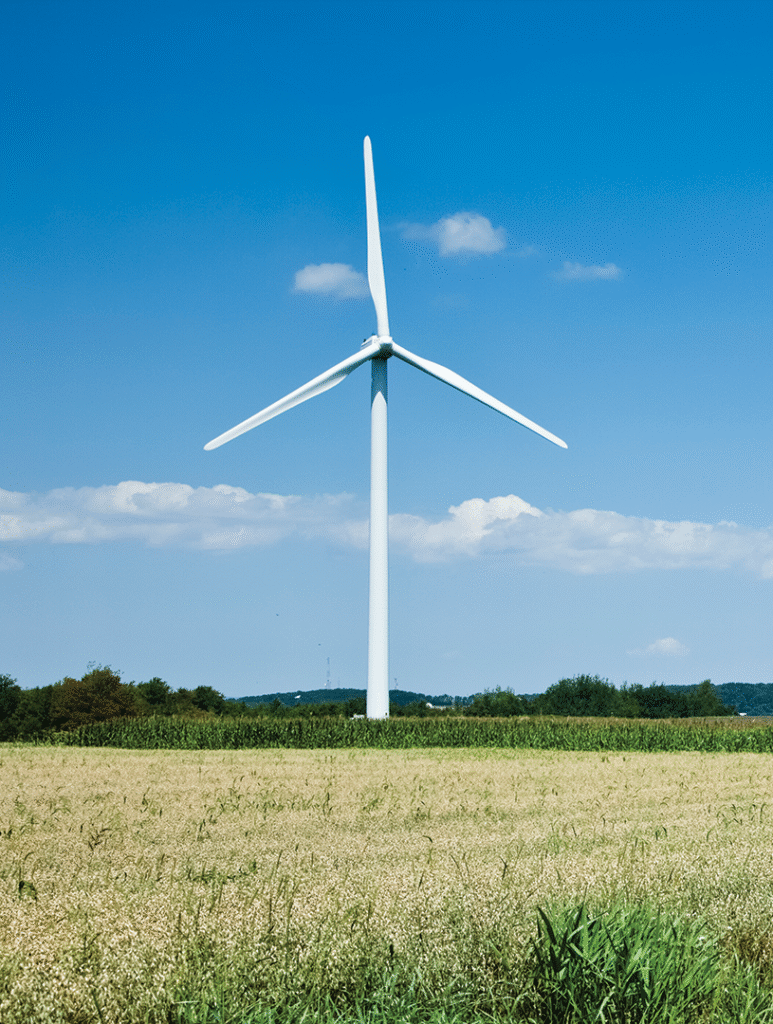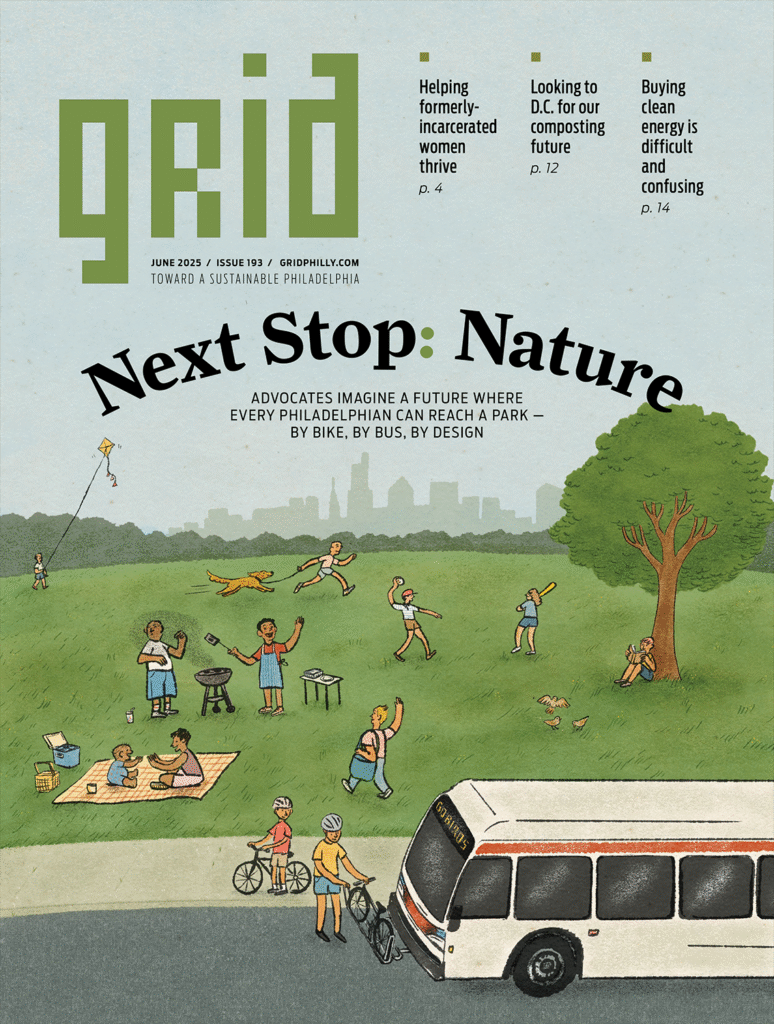In 2023, Cheltenham-based artist Rebecca Schultz completed a yearslong art project, “Mapping Our Watershed,” by stitching together tree bark rubbings, monotypes, soil-water watercolors, leaf prints, drawings and other media to construct a map of Cheltenham and the Tacony watershed. In total, more than 60 people contributed 90 pieces of artwork to make up this textural,
MoreWhen Grid was planning a home electrification guide for the January 2025 issue, the universe threw us a curveball. Donald Trump’s reelection cast doubt on the longevity of federal financial incentives for homeowners across the country to purchase solar panels, electric stoves, heat pump HVAC units and other climate-friendly technologies. So our guide, which walks
MoreGeorge Lakey has seen his fair share of grim political moments. He has, after all, spent nearly seven decades fighting for civil rights, peace and environmental justice. At 87, Lakey recognizes that now is another one of those moments. But his own personal experience as an activist and his research as a scholar of political
MorePhiladelphia’s park system is many things. It is big, but much of it is difficult to access. Some sections are practically ancient, home to historic buildings hundreds of years old; one even dates back to New Sweden. At the same time, the system is constantly being renovated. If you’re lucky, you might have a new
MoreWill Caverly was one of the thousands of people who flocked to the John Heinz National Wildlife Refuge at Tinicum during the COVID-19 pandemic. And like most of those people, he didn’t know much about Eastwick, the neighborhood next door. He wasn’t aware how, during the mid-20th century, it was the site of the largest
MoreOn April 16, halfway through the City of Philadelphia’s annual budget hearings, Philadelphia Parks & Recreation answered City Councilmembers’ questions centering safety and the future of the department’s more than 500 facilities. The department is requesting nearly $7.4 million less than last year largely because, as commissioner Susan Slawson testified, the FY2025 budget included one-time
MoreIn the spring of 2024 the board of trustees of Parks & Rec Heroes, previously known as the Philadelphia Parks Alliance, voted to wind down the organization’s operations. Originally called Friends of Philadelphia Parks, the group was founded in 1983. It lobbied for increased funding as well as a more inclusive and transparent Fairmount Park
MoreWhen Robert Thomas, 78, was 11 years old, he envisioned a hiking trail in Northwest Philadelphia that would follow the corridor of the Pennsylvania Railroad’s abandoned Fort Washington branch. He even gave a presentation about the idea to his sixth-grade class. “It was my first feasibility study for a trail: ‘Why we should connect the
MoreThe offers come with a knock on the front door, a white envelope in the mail or a greeting from a fresh-faced salesperson at the farmers market. “Make the switch to clean energy.” But the rates promised and the actual sources of the energy can be difficult for a consumer to understand. Enter PA Power
MoreFor more than a decade, Philadelphia-based artist and educator Shira Walinsky has taken an interest in the lives of immigrants in the city. In 2016, she and fellow artist Laura Deutch teamed up to chronicle “47 Stories” from SEPTA’s Route 47 bus, which shuttles between immigrant communities in South Philadelphia and Olney. Riders talked to
More


